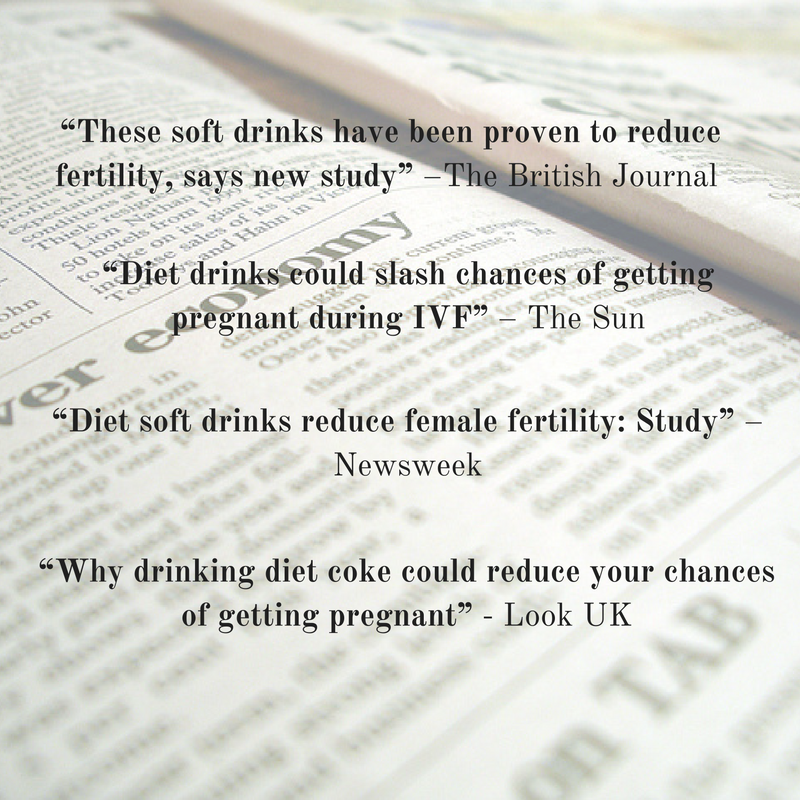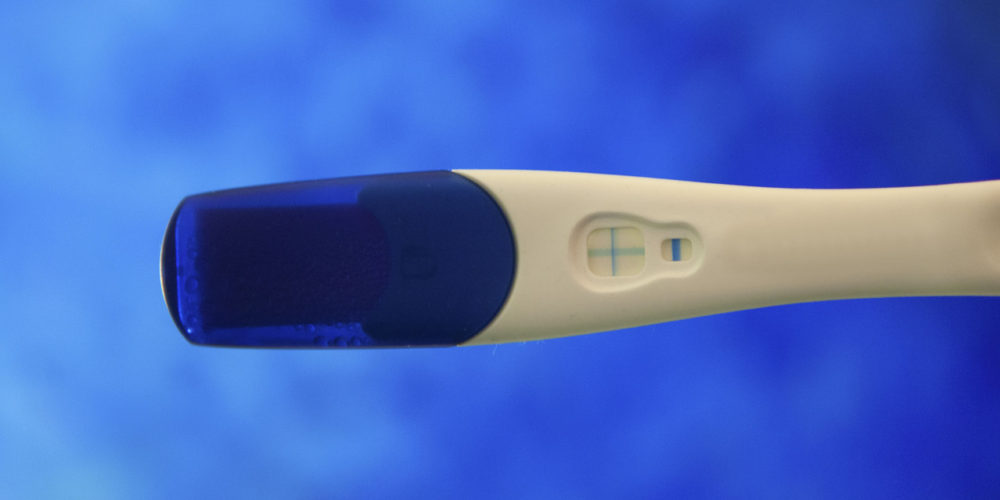Admittedly I was all fired up in my last post, P is for Privilege and it seems that I will be keeping that fire burning this week! So what’s the bee in my bonnet this time? No, it’s not world peace or social disparity; it is actually quite a mundane piece of reporting. A headline caught my eye that I thought might be an interesting topic for my ‘Look Beyond the Headline’ feature, but when I did take a look, I questioned whether the study was really news-worthy. Furthermore, I wondered if the only reason it made the headlines was because of fear mongering. Not only do such media reports contribute to confusion in nutrition messaging, but they potentially cause emotional distress to individuals. Frankly this made me mad!
What did the headlines say?
How was the study conducted?
And therein lies the first problem, I don’t know! These news items were not reporting the results of a recently published peer-reviewed journal article but rather the content of a poster presentation at the American Society of Reproductive Medicine Congress. If you are unfamiliar with scientific or clinical meetings, there is usually a space in the meeting facility dedicated to poster presentations. Which as the name suggests, are rows upon rows of posters summarizing a wide scope of research related activities. The amount of detail a researcher can communicate about their study is limited by the size of the poster and the word count of the accompanying abstract. In this case, the study was distilled to under 400 words. This doesn’t really provide space for anything but the ‘highlights’. Consequently, there is a lot of room to read between the lines!
The poster presentation in question described a cohort study conducted in Brazil, where 524 women undergoing in-vitro fertilization (IVF) using intra-cytoplasmic sperm injections (ICSI) were interviewed regarding their dietary habits including their frequency of drinking sugar- and artificially-sweetened soft drinks and coffee. Then the effects of consuming these beverages on the quality of their eggs, chances of implantation, and pregnancy outcomes were determined.
What were the study results?
The authors report that “the consumption of soft drinks and artificial sweeteners, but not coffee, negatively affects oocyte quality and ICSI outcomes.”
What does this all mean?
Forgive me if I raise my eye-brows and am a little skeptical about the authors conclusions. Let me put my epidemiologist hat on for a moment and provide a few reasons why:
- The methods do not provide any indication of the statistical approach applied. But it would be ‘best practice’ to ‘adjust’ the analysis for potential confounders, and it doesn’t appear that this has been done. This basically means that other factors that may explain this observation have been accounted for in the analysis. For example, there is evidence suggesting that being obese can contribute to fertility problems and also evidence that obese individuals consume sweetened beverages. So what we are observing here may not be that sugar- or artificially sweetened drinks cause infertility but that excess weight does. Other potential factors might be age, medical conditions such as polycystic ovary syndrome (PCOS), other dietary factors, or overall diet quality.
- The measure of effect reported in the abstract was an odds ratio with a p-value (apologies if you’re now being transported back to your stats class!). For a host of reasons, epidemiologists prefer to see the confidence interval associated with the measure of effect rather than the p-value because it provides additional information beyond an arbitrary cut-off of statistical significance. (If you are really digging being back in stats class then you can read about the arbitrariness of p-values here).
- The authors reported that these women were asked about the frequency of consuming sweetened beverages but there was no data presented on the amount or duration of consumption. Data suggesting a dose-response or a threshold of harm would go a long way to supporting the presented findings.
- When assessing if a dietary factor ‘causes’ a specific health condition then there must be a biological plausible explanation for the association. Again, to be fair, the limited space in this abstract wouldn’t provide room to describe this hypothesis, but I am a little bemused as to how both sugar and artificial sweeteners might cause the same negative effect. Furthermore, although a statistically significant effect was observed on egg quality, the impact on implantation and pregnancy outcome was not significant. This may be due to inadequate sample size, but it may also mean that the type of beverage consumed doesn’t make a difference to the outcome!
- Finally, the study was conducted in women undergoing IVF, this is a very specific scenario and therefore the observations may not be generalizable to the wider group of women experiencing fertility issues or trying to conceive. The headlines suggesting that artificial sweeteners reduce your chance of getting pregnant are extrapolating way beyond what the data actually suggests.
Should I believe the headlines?
NOOOOOOOOO
From a scientific perspective this is an interesting observation BUT it is an UNPUBLISHED study and there is INADEQUATE DATA available to draw any conclusions about its validity, or make any recommendations. Thank goodness that some of the media reports included quotes from experts including Catherine Collins, a dietitian and spokesperson for the British Dietetic Association, who provided an educated voice of reason.
Yes, women facing fertility issues should be mindful of consuming a varied and healthy diet, and this means limiting sugar- and artificially-sweetened beverages. But these women are also an extremely vulnerable sub-group of the population. I can’t help but feel that these headlines are designed to evoke anxiety and create guilt (as if they are not experiencing enough anxiety and guilt already)! One of these articles even opened with the sentence, “This is TERRIFYING”, if that isn’t intended to cause alarm I am not sure what is! I have no doubt that these media articles were forwarded all around the world by concerned friends and family members to arrive unexpectedly in the inboxes of these women. On seeing the headline, did they take the time to critically appraise the report and understand that this study does not prove anything, or were they immediately enveloped by a wave of fear that somehow they had been doing something destructive that was detrimental to their chances of conceiving a child?
The media is a powerful avenue for communicating nutrition information, sifting through the abundance of scientific findings released daily is challenging for reporters, but one would hope that the accuracy and relevancy of a story would trump sensationalism and fear mongering!
Thanks for reading!







Leave a Reply